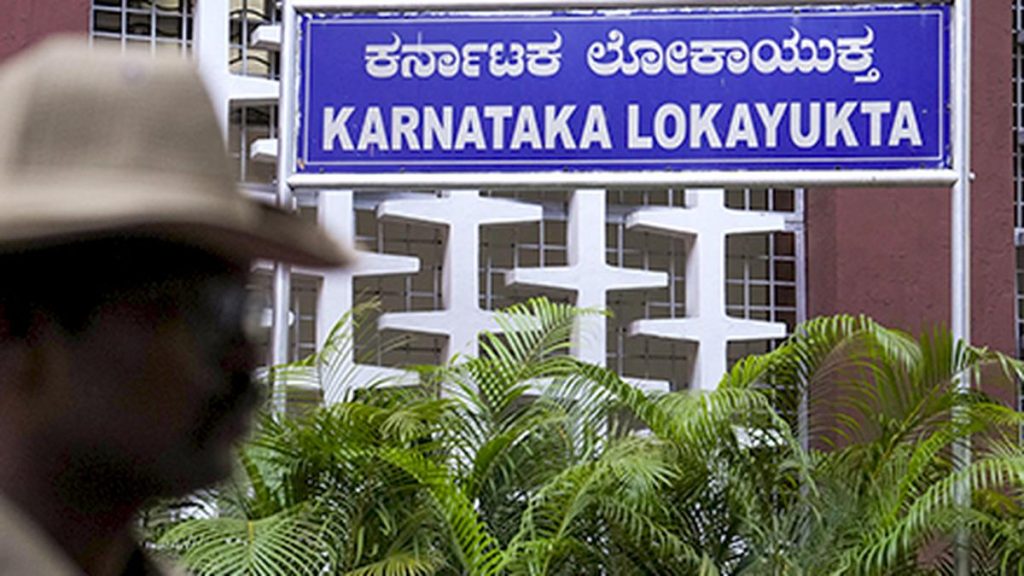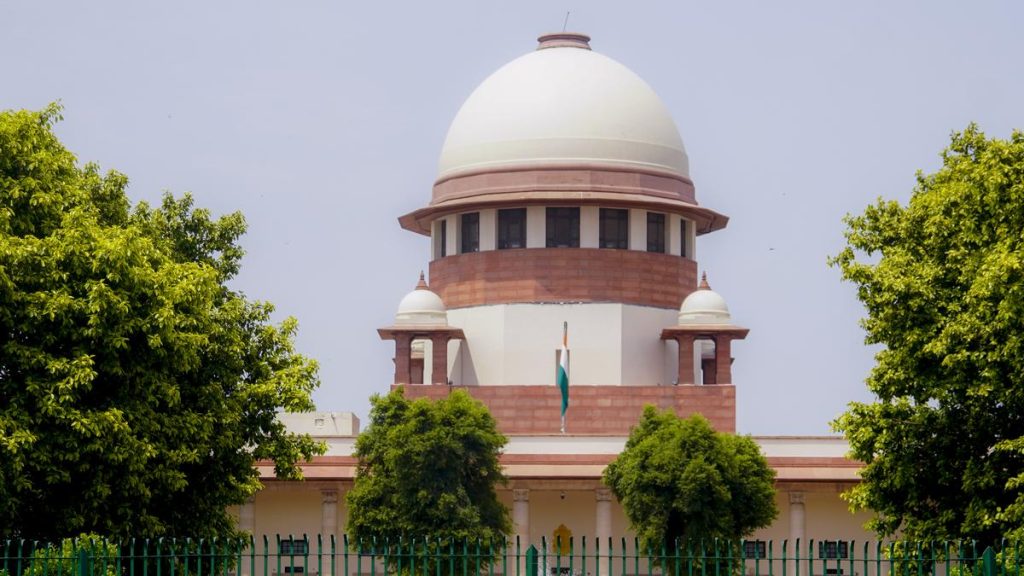Now Reading: Chitradurga Palegars: The Forgotten Rebels Before the Sepoy Mutiny
-
01
Chitradurga Palegars: The Forgotten Rebels Before the Sepoy Mutiny
Chitradurga Palegars: The Forgotten Rebels Before the Sepoy Mutiny
Swift Summary
- The Chitradurga rebellion of 1849, led by seven palegars (chieftains), occured eight years before the 1857 Sepoy Mutiny, marking one of the lesser-known resistance movements against British rule in India.
- These palegars were originally feudatories under the Vijayanagara Empire but lost power to Hyder Ali in 1779 and later came under British control after the fourth anglo-Mysuru war (1799).
- Post-British takeover in 1831, family members of palegars were relocated to Bengaluru and restricted from traveling without special permission.
- Seven palegars secretly mobilized support from Dodderi near Challakere, raising a group of approximately 50 rebels while gaining public backing.
- The rebellion was quelled by British forces led by Lieutenant Harkness at a hillock near Holalkere. All rebels were captured and likely executed; historical accounts suggest they faced harsh punishments similar to other anti-British rebels.
- historical novelist B.L. Venu authored Durgada Bedardange (2021),inspired by archival descriptions from Major General R.S. Dobbs’ writings (Reminiscences, 1882) and additional research on this incident.
- Venu highlights this uprising as an overlooked episode in Karnataka’s history and calls for more research and a government memorial for its recognition.
Indian Opinion Analysis
The chitradurga rebellion underscores a broader pattern: that anti-colonial uprisings existed well before landmark events like the Sepoy Mutiny. This local defiance reflects notable discontent among regional rulers displaced by imperial policies. Even though unsuccessful, such resistance demonstrates India’s longstanding struggle for sovereignty against colonial oppression.
This story also raises crucial questions about preserving regional histories within India’s independence narrative,frequently enough dominated by larger-scale revolts or figures. recognizing these episodes could foster deeper regional pride while painting a fuller picture of grassroots efforts during colonial times.
The lack of official acknowledgment or memorials may reflect imbalances in how various historical struggles are commemorated today-B.L. Venu’s novel contributes meaningfully toward redressing this gap but needs institutional support for sustainable remembrance.
























